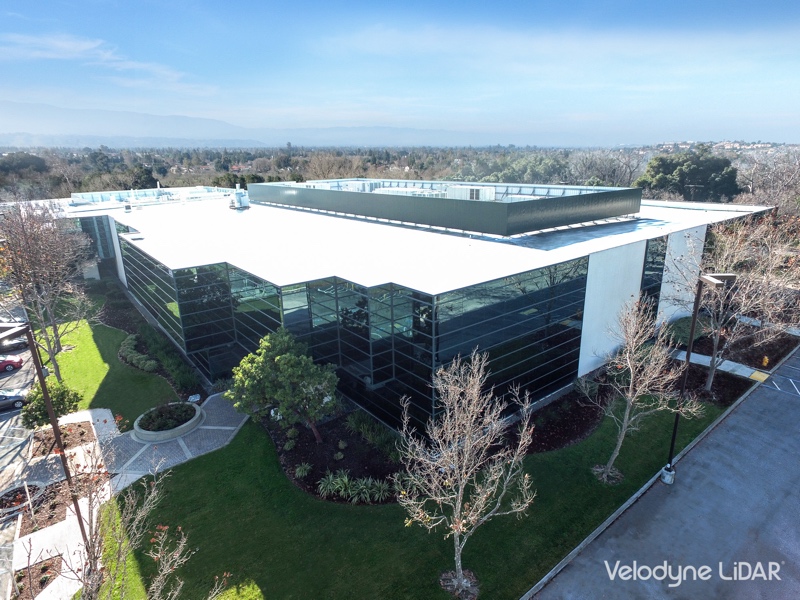CLICK HERE to read the latest news about Velodyne
Velodyne Lidar has been busy lately. Since releasing the $8k VLP-16 puck lidar, the company has adapted the sensor for autonomous vehicles, UAVs, and hi-res jobs. It has also gone big on SLAM, landed $150 million in funding from Ford and Baidu, and announced a $50 solid-state lidar chip that could bring down the cost of every lidar sensor in the portfolio.
Moves like these require changes behind the scenes. Why? Solid-state lidar, which is integrated onto a a microchip, requires specialized facilities to produce. On top of that, auto manufacturers buy sensors at a much larger scale than geospatial customers—in the millions rather than the low thousands. This means Velodyne had to make a big manufacturing change.
Yesterday it announced the opening of a new megafactory in San Jose, California, for high-volume production. According to the company, the factory is already manufacturing the HDL-64 lidar sensor popular with autonomous vehicle researchers and ramping up production for the rest of the sensor portfolio.
By 2018 the factory is expected to put out over a million sensors a year. This volume should meet demand for the company’s autonomous vehicle sensors.
Velodyne has also opened a new research and development facility in Alameda, California called Velodyne Labs. This facility will develop the next-generation lidar sensors for the company, including a number of solutions built around the company’s new solid-state chip.
With the new megafactory and R&D facility, Velodyne is positioned to make good on its promise to use solid-state technology as “a path to lower prices for all lidar products,” and maybe even produce a solid-state puck.






